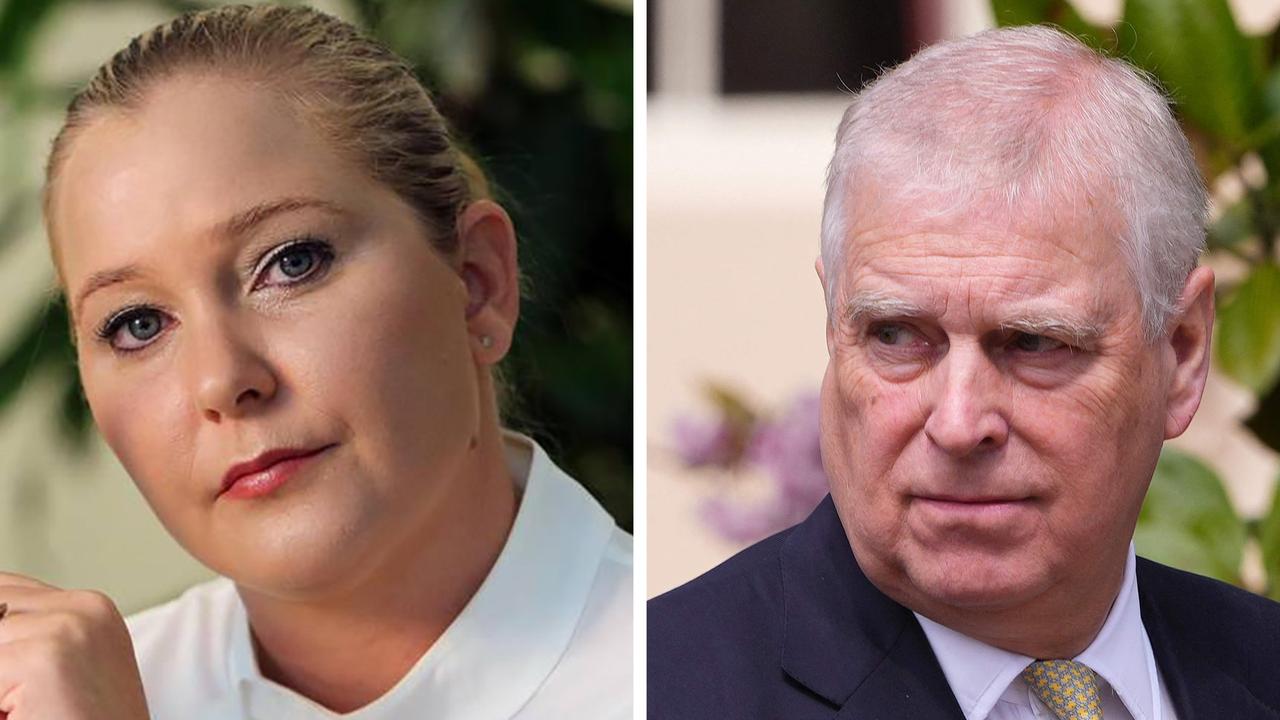Queen’s death in Balmoral, Scotland triggers ‘Operation Unicorn’
The Queen’s death in Balmoral, Scotland has triggered a long thought-out plan of action. Here’s what will happen next.

Meticulously devised plans had been prepared in the case of the Queen passing away at any given city.
So, after the 96-year-old’s death at Balmoral Castle in Scotland, it has triggered the plan of action dubbed ‘Operation Unicorn’.
What is Operation Unicorn?
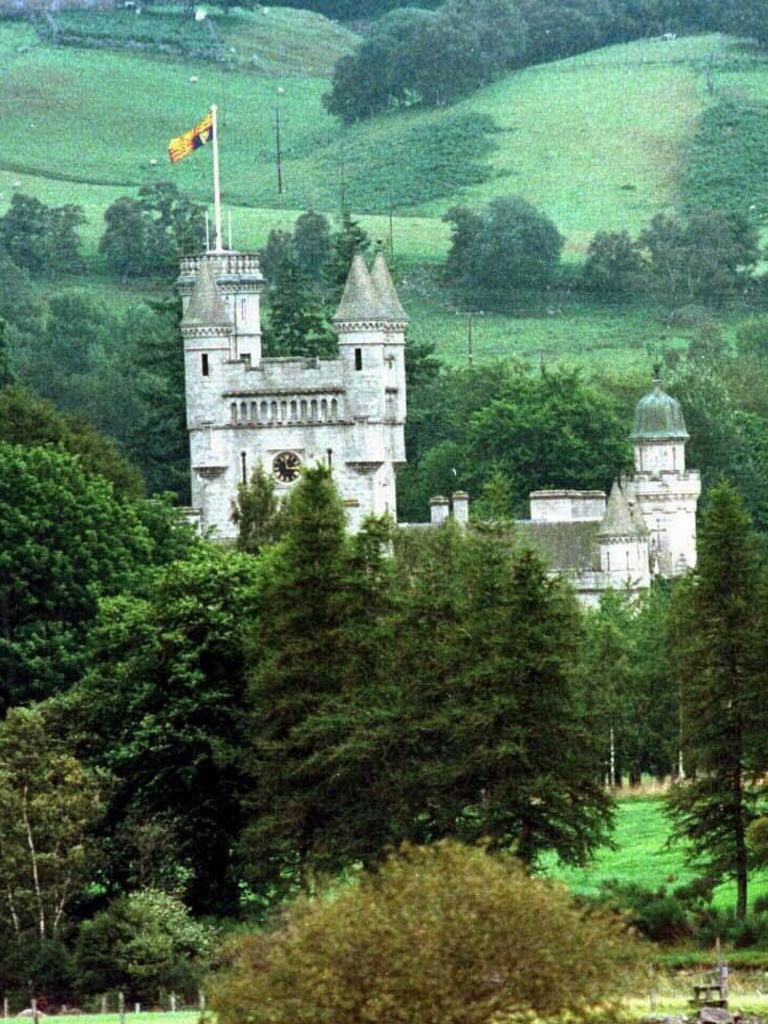
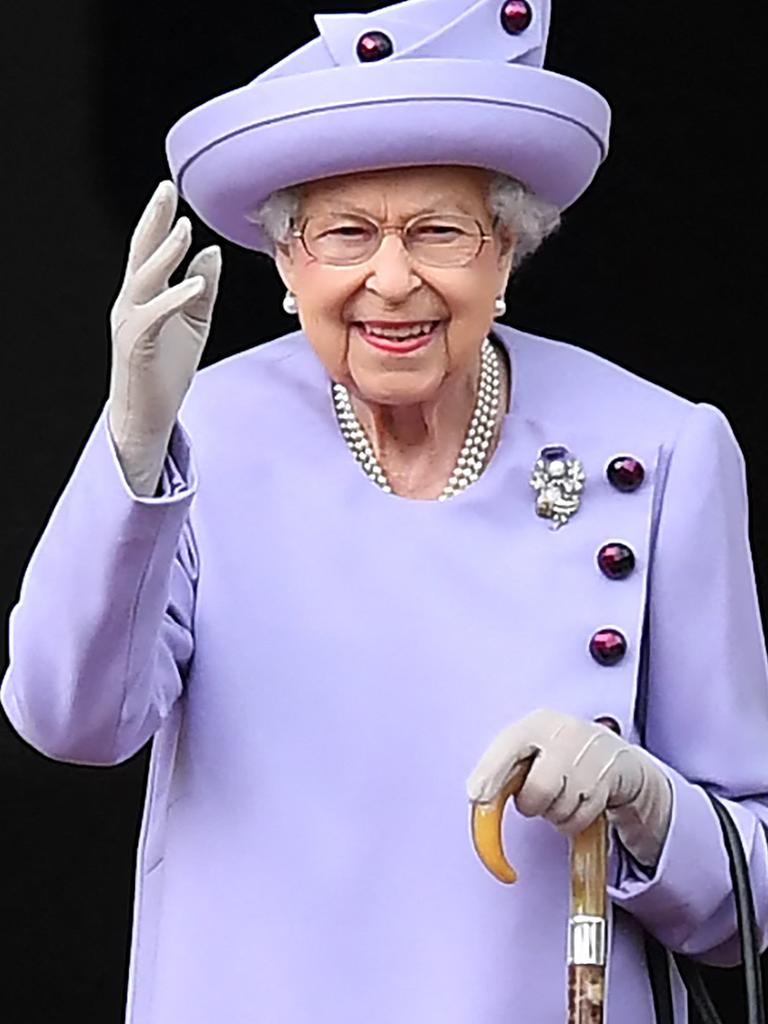
The Queen’s death has set in motion a 10-day mourning period.
Under the planned-to-the-minute operation, her body will be taken via royal train to Edinburgh, Scotland’s capital, where she will briefly rest in state at the Palace of Holyroodhouse – the official Scottish residence of the British monarch.
Shortly afterwards, her coffin will be escorted to St Giles’ Cathedral, also in Edinburgh, for a brief period.
This is where local mourners will be able to pay their respects to Queen Elizabeth II, the longest serving British monarch in history.
Flags across the royal residences have been lowered to half-mast, while the royal family’s official website has been transformed to a black holding page with a statement of the Queen’s death.
Gun salutes are expected at Hyde Park and at Tower Hill, while there will also be a nation-wide minute’s silence.
Stay up to date with the latest news on the British Royals with Flash. 25+ news channels in 1 place. New to Flash? Try 1 month free. Offer ends 31 October, 2022 >
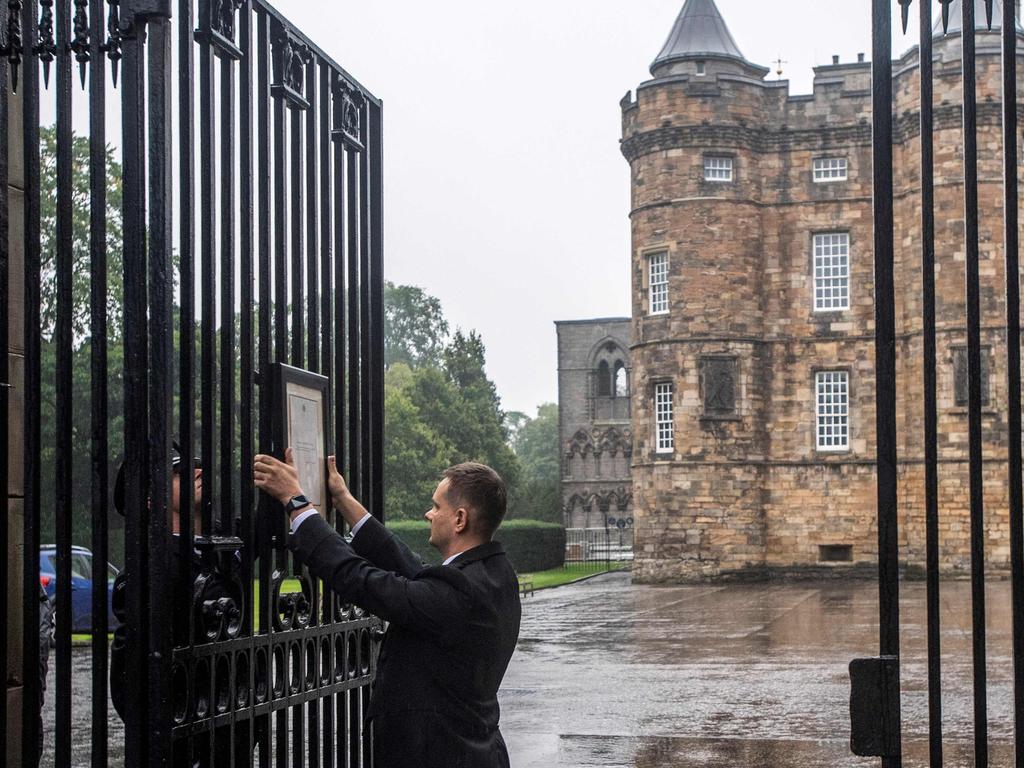
Tomorrow, the Queen’s body will begin the journey south to London, via the royal train. Upon her return to the capital, she will be taken to the throne room of Buckingham Palace.
There, newly elected Prime Minister Liz Truss will gather with several ministers for a special reception.
In a few days time, her coffin will be moved to Westminster Abbey for the public to pay their respects for 23 hours a day from day six to day nine of the mourning period, after which she will be given a full state farewell, led by the Archbishop of Canterbury, on day 10.
In the lead-up to the funeral, the 10 pallbearers will practice carrying her coffin as members of the royal family are buried in lead-lined coffins.
At the funeral, the nation will begin by sitting for two minutes’ silence at 12pm, local time (9am AEDT).
Afterwards, focus moves to Windsor where a committal service will take place at St George’s Chapel at Windsor Castle.
A burial will follow in the castle’s King George VI Memorial Chapel.
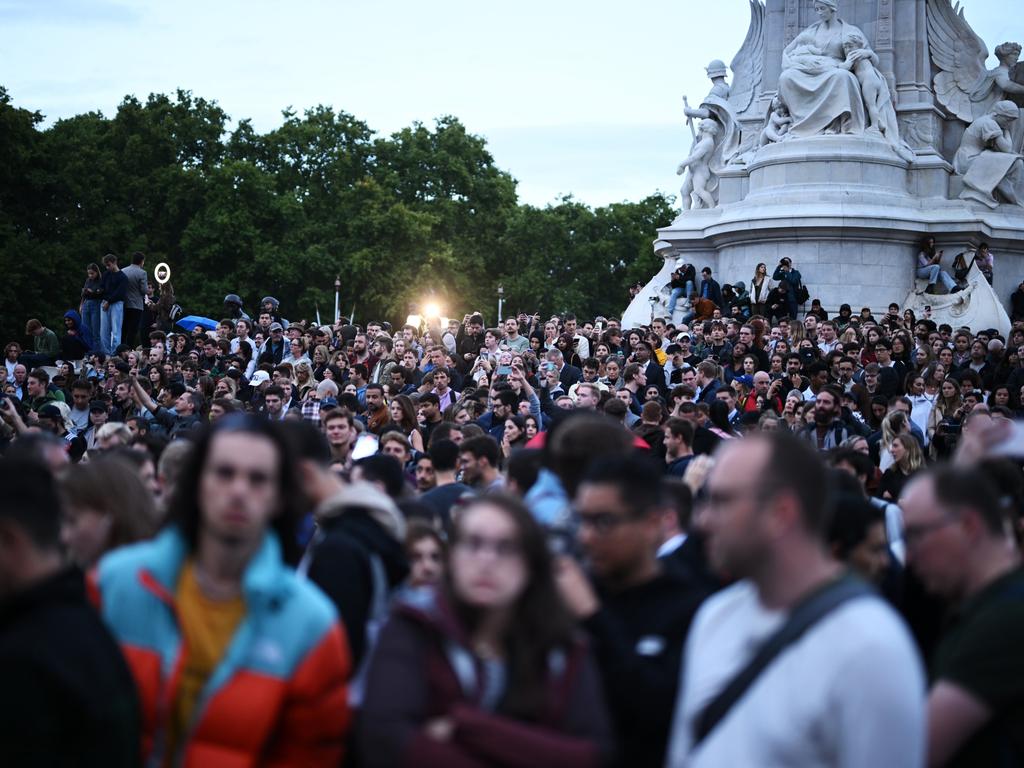
What does this mean for ‘Operation London Bridge’?
Were the Queen to have died in London, this would have set in motion a plan known as ‘Operation London Bridge’, which has been in place since the 1960s.
‘Operation London Bridge’ operates concurrently with ‘Operation Unicorn’ and ‘Operation Spring Tide’ – the latter representing the Duke of Cornwall’s accession to the throne.
After the initial events of ‘Operation Unicorn’ are carried out and the Queen’s body arrives back in London from Scotland, ‘Operation London Bridge’ will proceed, as detailed above.
The phrase “London Bridge is down” was to be used to communicate the death of the Queen to the prime minister of the United Kingdom and key figures, officially setting the plan into action.
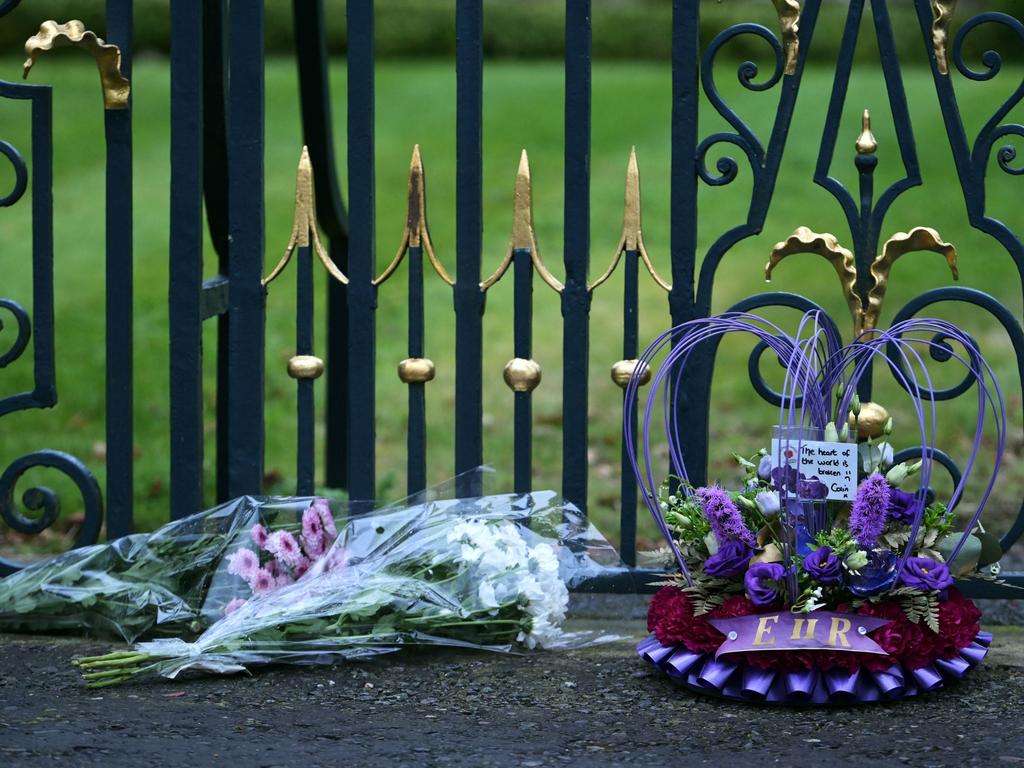
Charles is already King
Clarence House confirmed that Prince Charles will now be known as King Charles III.
In a sombre statement, Buckingham Palace today confirmed Her Majesty Elizabeth II, who has served as monarch for 70 years, died peacefully.
King Charles III said in a statement: “The death of my beloved Mother, Her Majesty the Queen, is a moment of the greatest sadness for me and all members of my family.”
The King will stay at Balmoral in Scotland tonight with the Queen Consort Camilla and return to London tomorrow with the Queen’s body.
The Accession Council is then expected to meet at St James’ Palace in Westminster for the proclamation of the new king on Saturday, which is read out in public from the balcony of the residence. However, Charles’ official coronation is expected to be months away.
Prime Minister Truss said: “Today the Crown passes, as it has done for more than 1000 years, to our new monarch, our new head of state, His Majesty King Charles III.”
She called today “the passing of the second Elizabethan age” and concluded: “God Save the King.”






